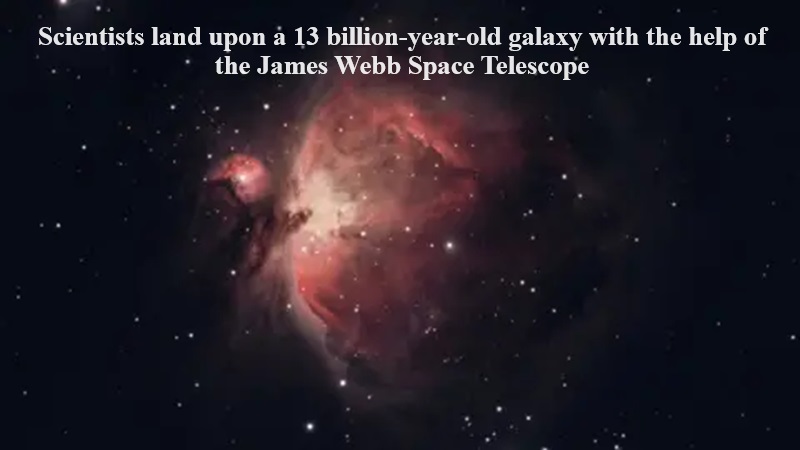
In the pursuit of unraveling the mysteries surrounding star formation, scientists have made a significant discovery by observing a 13 billion-year-old galaxy using the James Webb Space Telescope (JWST). This ancient galaxy, located in close proximity to our own Milky Way galaxy, offers valuable insights into how star formation rates have evolved over time.
The exploration of the Wolf-Lundmark-Melotte (WLM) galaxy was spearheaded by a team led by Kristen McQuinn, an astronomer affiliated with Rutgers University-New Brunswick. Leveraging the advanced capabilities of the James Webb Telescope, the team achieved unprecedented precision in imaging the WLM galaxy, facilitating groundbreaking research on star formation processes.
A notable aspect of this discovery is that the WLM galaxy is actively undergoing star formation while also harboring a population of ancient stars. This unique characteristic enables researchers to conduct comparative studies on star formation across different epochs in cosmic history.
Characterized as a low-mass dwarf galaxy, WLM is believed to have played a significant role in the early stages of the universe’s evolution. This positioning makes WLM an ideal subject for scientists like McQuinn, who seek to investigate star formation patterns during the universe’s infancy.
McQuinn emphasized the profound implications of this research, stating, “In looking so deeply and seeing so clearly, we’ve been able to, effectively, go back in time.” She likened the study to an archaeological expedition aimed at uncovering the origins of very low-mass stars that emerged early in the universe’s timeline.

Post Your Comments